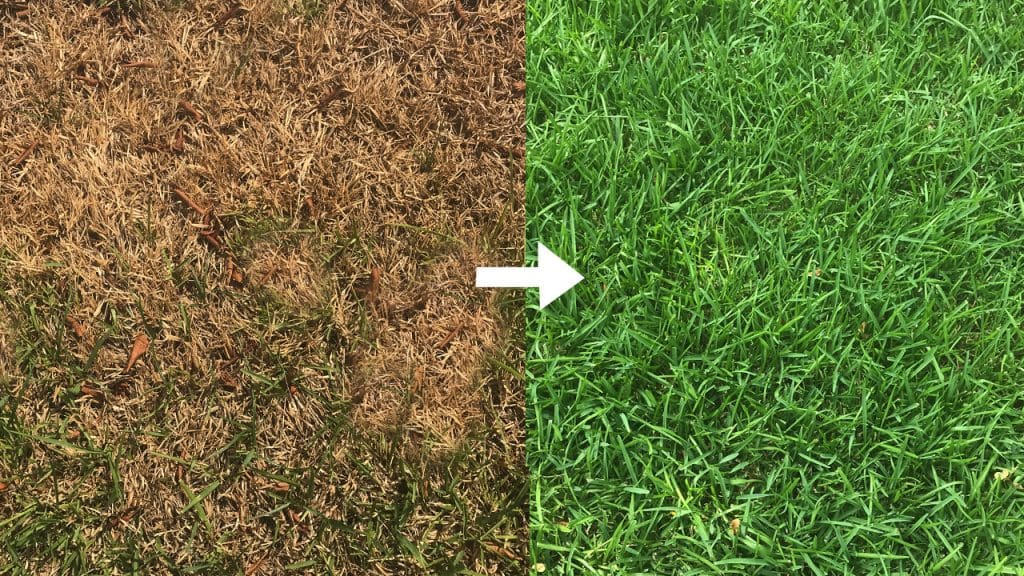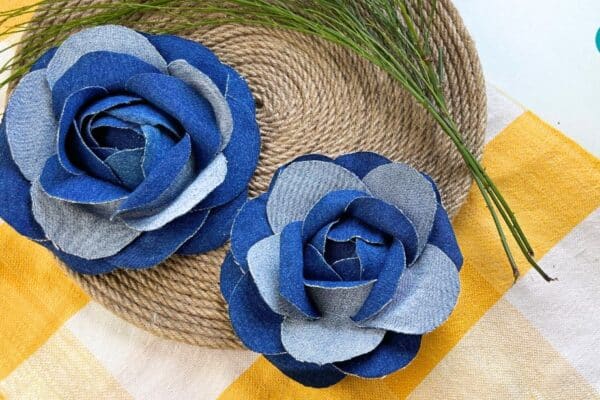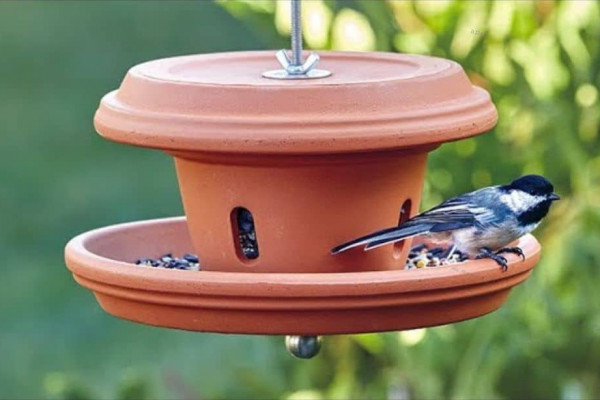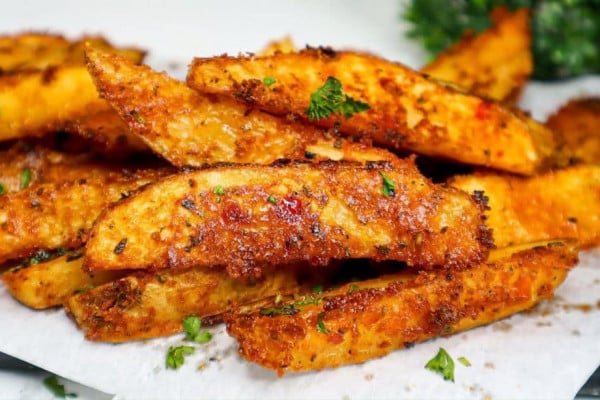Does your lawn look like the photo on the left or perhaps far worse now that we’ve hit the hottest part of summer? In Texas today, it is 104 degrees, and my neighbors’ lawns have not been faring very well. Mine is looking amazing this summer because last summer, it was so incredibly bad I consulted some lawn experts and found out that much of what I was doing trying to save my yard was actually making the damage worse. Turns out, knowing a few simple things can make all of the difference and in my lawn, it certainly has.
Watering Rules
Do
How do you know when to water?
You can actually tell by stepping on the grass if it needs water. If, when you step on your lawn, the grass stays matted down instead of springing back up, it is time for you to water.
Use a sprinkler two to three times a week, not every day.
Water in the evening or early morning.
Don’t
You may not know: If you water during the day, you can actually make the grass worse, as the water added during the heat can burn it. Deep soakings are better than light daily watering. Turf pros prefer watering early in the mornings, when the grass has plenty of time to absorb the water before the heat evaporates it.
Mowing needs to be modified.
Do
Leave the mower on high so that the grass is around 3 inches high. Mow frequently so that you are never cutting off more than 1/3 of the grass blade at one time. Cutting more grass than this can really stress your lawn and grass, making it much more difficult to survive periods of drought. If you mow regularly, you can keep the lawn healthy but looking manicured.
During the hot summer months, leave grass clippings on the lawn. This helps the grass retain much-needed moisture.
Don’t
You may not know: Never mow in the afternoon when the sun is the hottest. The combination of heat from the mower plus the sun can burn the grass and kill it.
Fertilizer, etc
Do
During the summer months, your yard still requires nutrients to maintain a healthy level of growth. You should apply a slow-release fertilizer to give your lawn a food source, while also safeguarding it from product burn due to summer heat. On especially burn prone parts of my lawn, I’ve added quality soil, even applied some with the water-retaining properties to patches that needed repair. This made a remarkable difference in its ability to grow back.
If you live in a hot climate, late summer and early fall are the best times to fertilize your lawn, but putting the right kind of fertilizer on it during these hot months is key. If you are not sure which formulas are slow-release, ask. Summer is peak growing season, and nitrogen found in fertilizer keeps growth green and the lawn healthy.
Unsure which type of lawn you have? See this regional breakdown here.
Don’t
You may not know: Don’t apply weed control formulas until after the heat has passed. Doing so can further stress the lawn.
Need to repair a few patches of lawn that died? Hold off until fall when you can determine if the brown patches are just grass that has gone dormant in order to protect itself or actually died. Seeding a new lawn or adding sod should be done after the hot months have ended or in the spring.
You may not know: Don’t leave poop on the lawn, aka clean up pet waste. It may seem like the sun would dry such messes out and keep them from doing much damage, but pet waste can burn the grass, more so in the hot sun. Repairing the damage is much more time consuming than getting out that pooper scooper more often.





